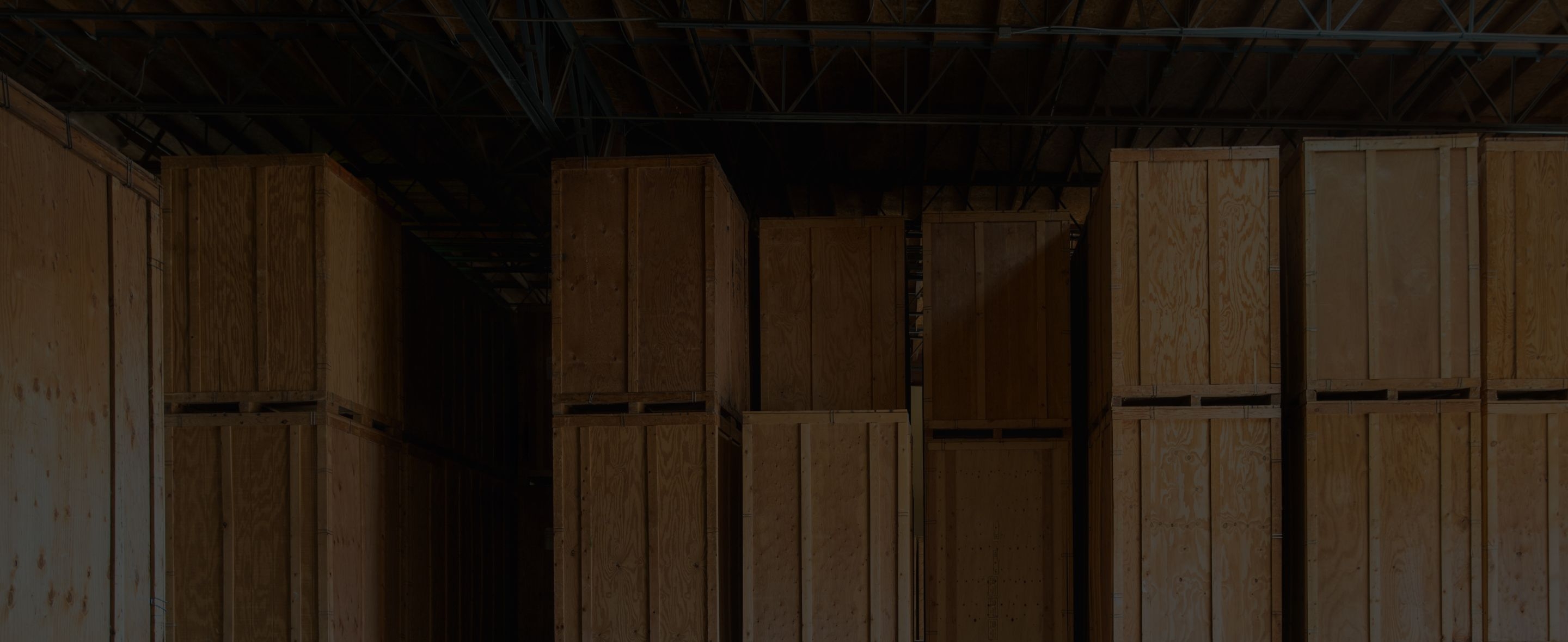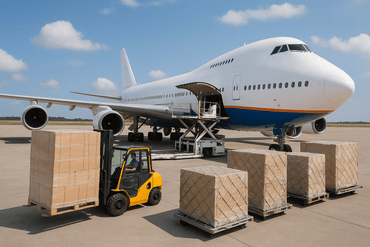
Measures to Wood Packaging Material in International Trade



Wood packaging material requirements
If you’re looking to send your ocean freight shipment, there’s a chance that you’ll require some sort of wood packaging material? Here’s some vital information you should know beforehand.
Whether or not you’re shipping agricultural or non-agricultural products, you may need to use wood as your packaging material. However, though useful, this may just be the ideal way to spread plant bugs and pests.
To comply with international shipping standards set by the International Plant Protection Convention (IPPC), wood packaging material must be treated in accordance with set guidelines and properly marked.
ISPM 15 rules
Any ocean freight shipment involving wood packaging material (WPM) must comply with the ISPM 15 rules in order to prevent introducing plant pests into the country of destination. This applies to wooden crates, cases, pallets, dunnages, etc.
All WPM must be stamped and approved by the ICCP. Otherwise, your shipment may face customs check which may result in delay costs or worse, rejection upon arrival at customs.
Here are the two approved wood treatment measures:
1. Heat treatment (HT)
In heat treatment, wood packaging material should be heated according to a specific time-temperature schedule that achieves a minimum wood core temperature of 56°C for at least 30 minutes.
Other processes may also be used as long as they meet the HT parameters. These include kiln-drying (KD), chemical pressure impregnation (CPI), and microwave. For example, CPI may meet the HT specifications through the use of steam, hot water, or dry heat.
2. Methyl bromide (MB) fumigation
There’s been an increasing call for an alternative for methyl bromide fumigation and a reduction of its use due to its harmful effect on the ozone layer.
The treatment time and temperature depend on the concentration of the chemical used. The methyl bromide must be in its gaseous state and it must permeate the commodity entirely.
ISPM 15 stamps
Verify that your wood packaging material complies with ISPM 15 regulations by getting it stamped. Here are some examples of the ISPM 15 verified stamps.
Strict guidelines for WPM imports to the US
If importing to the US, please note that the US Customs does not tolerate WPM that have not been treated according to the proper guidelines. US ports do not offer fumigation services. As such, all untreated WPM will be exported immediately.
“All imports (with certain exceptions) will be denied entry if their wood packing material does not conform to these guidelines and marking requirements.” - US Customs and Border Protection
Exceptions include:
WPM made entirely from Canadian origin wood, which is exempt from the treatment and marking requirements
Manufactured wood materials such as fiber board, plywood, whisky and wine barrels, and veneer
Pieces of wood that are less than 6 mm (0.24 in.) in all dimensions
Sawdust, wood wool, wood shavings, produced as a result of sawing or shaving wood into small slender and curved pieces less than 6mm in all dimensions
WPM used for most Department of Defense (DOD) shipments imported by either the Department or DOD contractors
Firewood, mesquite wood for cooking and small, non commercial packages of non-manufactured wood for personal cooking or personal medicinal purposes coming directly from Mexican Border States.
Source: US Customs and Border Protection
Advice for using wood packaging material
- If palletizing your shipment, make sure to use only ISPM 15 certified and stamped pallets.
- If you have packed goods in cardboard boxes, make sure to use boxes that comply with ISPM 15 regulations.
For more details, please give the ISPM 15 regulations manual a read.
We hope that this information may be of use for your shipments with wood packaging materials! At iContainers, we work to improve your experience when shipping goods.
Related Articles


